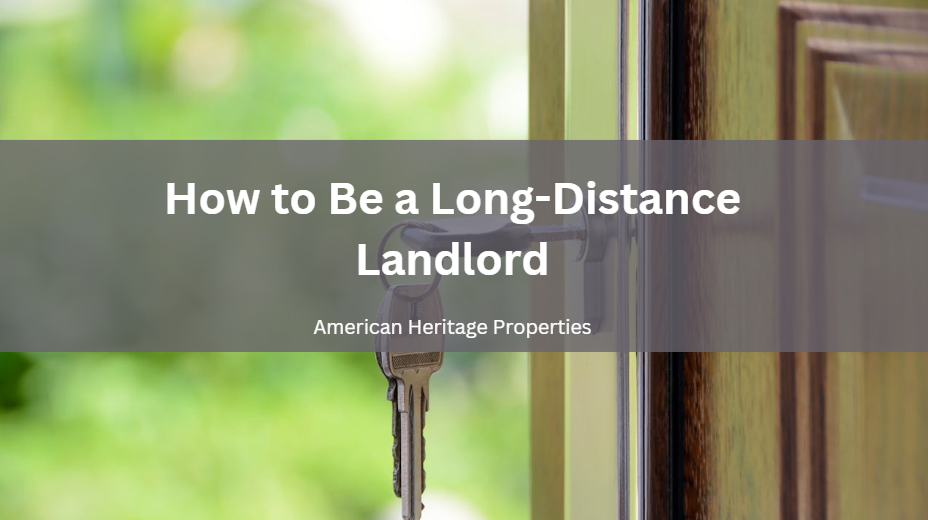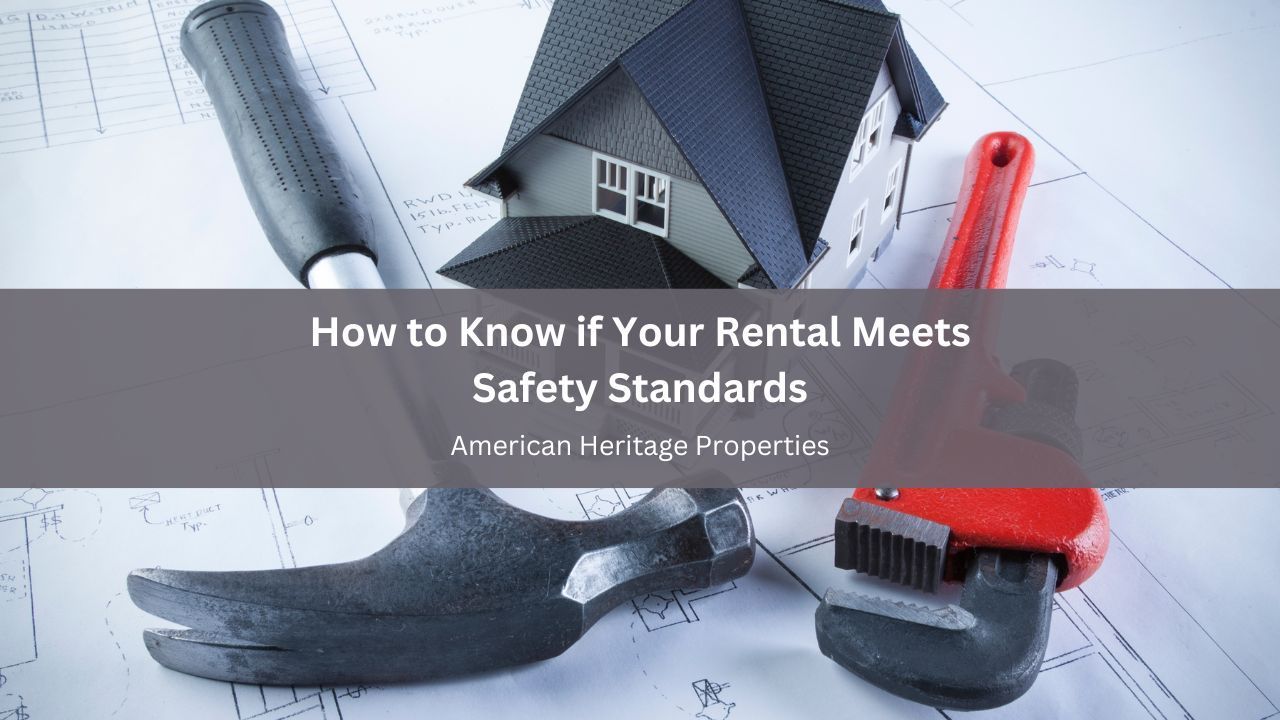Can I Require my Tenant to get Renter’s Insurance?
There was a case that was recently decided by the California Court of Appeals. The results of the case were an indication that even if your lease requires renter’s insurance, a tenant’s failure to maintain that policy is not a material breech and therefore likely to leave no option for enforcement.
Here is some brief information about the case:
Boston, LLC v. Juarez: Juarez’s residential lease required him to maintain liability insurance and provided that any breach of the lease allowed the landlord to forfeit and terminate the lease. This decision holds that despite the lease’s broader wording only a material breach of the lease can permit lease termination at the landlord’s option, both because the clause is otherwise unconscionable and because it would violate the public policy embodied in Los Angeles’ Rent Stabilization Ordinance. Furthermore, the renter’s insurance that Juarez was supposed to maintain benefited the tenant, primarily, not the landlord, and the landlord made no showing it was prejudiced by Juarez’s failure to maintain that insurance. Accordingly, failure to maintain renter’s insurance was not a material breach of the lease, did not permit lease termination. Hence, the unlawful detainer judgment in the landlord’s favor had to be reversed.
In my opinion, everyone (landlord/tenant/management company/neighbors/guests) is better off when a tenant maintains a renter’s insurance policy. There are so many benefits to the tenant. A perfect example if this is if a unit were to have a flood–without renter’s insurance there is no coverage for their personal property, and if they cannot stay in the unit then they will likely only receive the pro rated daily rate of rent which is typically considerably less than a hotel or replacement housing. Renter’s insurance usually provides great coverage for this type of loss and without the renter’s policy then the tenants are usually out of luck. This is just one example of the many benefits.
The court was wrong in their decision but I don’t think that judges really care much about business owners and property owners in California.
I’m not an attorney, so the information I provide is not legal advice–just my impressions. If you have any questions contact me, Bill Ausen, at American Heritage Properties renthomes.com.









